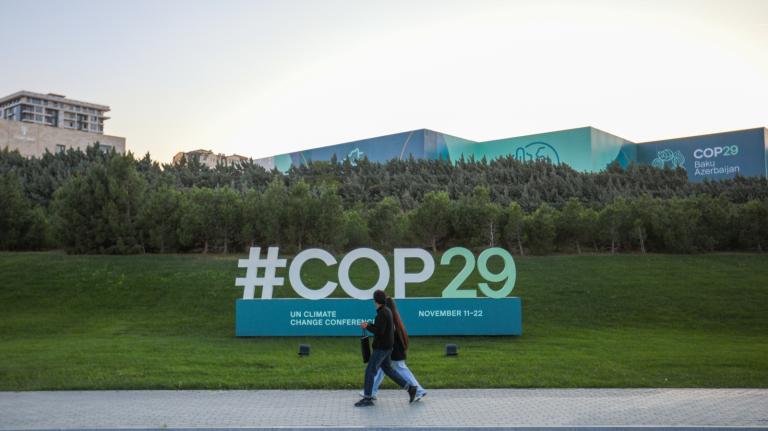This post was co-written by Justin Guay of the Sierra Club International Climate Program.
In a blog post this week, United States Export-Import Bank President Fred Hochberg paints a rosy picture of future trade relations between the United States and key emerging markets such as India and South Africa — one which envisions a revamped American economy fueled by export trade that feeds a growing middle class.
Yet despite this rhetoric, Ex-Im Bank is not only failing to finance a clean energy economy, but it is also saddling dynamic emerging markets with 19th century fuels by propping up an industry only able to survive in a 21st century economy through political maneuvering, enormous subsidies, and misleading PR campaigns.
To underscore Ex-Im Bank’s failure one need look back no further than last Friday, Nov. 5, when the board voted on the greenhouse gas implications of the enormous 4,800 megawatt Kusile coal-fired power plant in the Mpumalanga province of South Africa.
The vote, based on the Bank’s carbon policy, is meant to weed out high carbon intensity projects and promote low carbon lending. If ever there were a project that failed to meet such criteria, it is Kusile, which alone will emit over 36 million tons of carbon dioxide annually while increasing South Africa’s emissions by 9.7 percent.
What’s more, this is a project Ex-Im Bank is willing to consider despite the fact that South Africa has not yet concluded its second integrated resource plan (IRP2) and climate strategy processes. This violates Ex-Im Bank’s policy for highly carbon intensive project financing, which requires that “[t]he host country shall have developed a Low Carbon Growth Plan or Strategy and the project must be consistent with the results and objectives of that Plan.”
Sadly, this is merely the latest in a growing trend which has seen Ex-Im Bank’s fossil fuel financing skyrocket in recent years [PDF]. Just a few months back, despite initially rejecting a similarly enormous Sasan coal-fired power plant in India, the Bank flip-flopped and decided to support the project. Then in a cynical attempt to gloss over this disastrous decision, the Bank pointed to a non-binding memorandum of understanding with Reliance (the Indian company responsible for the project) to build 250 megawatts of solar power as its “positive impact” on the project.
The Bank currently has a congressional directive to use 10 percent of its portfolio to finance renewable energy, which would generate roughly $2 billion in financing. However, it achieves a meager 0.5-1 percent per annum, clearly failing in its mission to help build this strategic sector. Such discrepancies are critical as the Bank pursues President Obama’s National Export Initiative, which seeks to double exports over five years. Without a serious shift in lending, this initiative will create the perverse incentive to prioritize these large-scale fossil fuel projects at the expense of the nascent clean technology export sector.
Sierra Club members submitted more than 7,000 comments and wrote more than 500 letters to Ex-Im Bank President Hochberg demanding that he promote 21st century American job growth by promoting technologies that create 13.5 jobs for every million dollars invested (compared to only 3.7 in oil and gas and 4.9 in coal).
In order to repair our sagging economy, put Americans back to work, and sustainably power the growing middle class in these dynamic emerging markets, Ex-Im Bank must not only talk the talk, it must walk the walk.
Tell President Hochberg as much in the comments section of his commentary.



